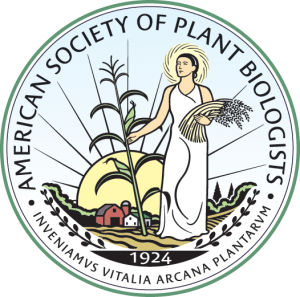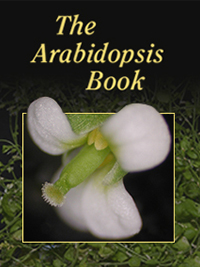The Arabidopsis Book (TAB) is no longer accepting new submissions or updates. TAB will be archived at BioOne and at PubMed Central. We thank our contributors and readers, and we hope that you continue to find TAB a source of valuable information on Arabidopsis and other organisms.
The Arabidopsis Book (TAB) is a free access peer-reviewed serial publication that is supported by the American Society of Plant Biologists. It was launched in 2002 under the direction of Chris Somerville and Elliot Meyerowitz as a new model for communicating up-to-date and comprehensive information about a broad range of topics in research on Arabidopsis thaliana and related species. New articles are published as fields evolve, and older content is substantively revised on an ongoing basis. In late 2010, approximately 80 articles had been published reflecting the breadth of research on Arabidopsis. Members of the community are encouraged to provide the Editorial Board with suggestions for new topics worthy of inclusion or in need of expansion or major updates.
Because of the variety of topics being covered and to take advantage of the web-only publication style, authors are encouraged to select article formats that best suit the topic being covered. For example, some articles that provide comprehensive reviews of broad fields rely heavily on dynamic links to databases or other resources designed specifically for the article or public domain resources such as community databases. In other cases, complex fields can be covered in more summary or teaching-oriented formats. Many papers follow more traditional review-article formats. In all cases authors are expected to make use of hyperlinks to long-lived web resources to allow the reader easy access to information about genes, datasets, and other key references.
It is expected that each article will provide a scholarly and authoritative overview of the state of knowledge about the topic being covered. Because the focus of the book is the biology of Arabidopsis, the topic will be described with particular reference to the situation in Arabidopsis. However, relevantinformation gleaned from other organisms sometimes will be appropriate. It may also be relevant to present a certain amount of comparative information about other species to clarify the degree to which information about Arabidopsis can be used to understand other species.

